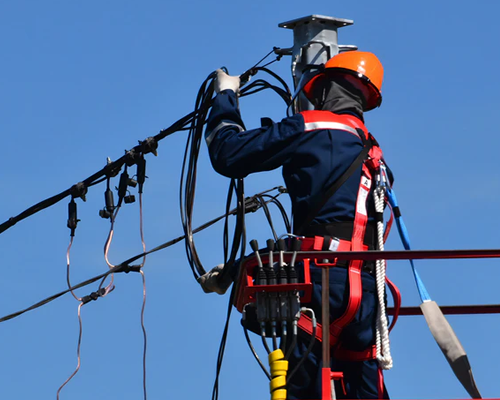The Dog Days of Summer Can Bite You!

How to Prepare for Power Outages
You know the feeling, and it’s a bad one. Suddenly everything in the house goes silent and dark. Power’s out. You run outside to see if it’s just you and check your breaker box. Meanwhile you are wondering: How long is it going to be out? (Did I charge my phone?) A few minutes is one thing. A few hours, even. But if you’re without electricity for days— or longer — real harm can result for both you and especially elderly shut ins.
We tend to take the power grid for granted, until it fails us. Based on demand, rolling blackouts are more common in summer. So, sooner or later chances are you may be facing an eerily quiet, dark house. What now?
The first action you should take is notifying your utility. Do not assume your neighbors have done it — besides, the more people that report an outage, the better they can pinpoint the problem. After critical care community services (like hospitals and airports) have power restored, utilities generally look to areas that can bring lots of customers back at one time. So, you cannot over-report.
However, don’t wait until the lights go off. It’s best to do research ahead of time to know what tools and resources your utility offers. Most utilities have methods of reporting outages via text message, dedicated phone app, or websites. Sign-up to receive outage updates on your cell. Do yourself a favor and set this up before the next outage.
If your provider is Idaho Power, input these phone numbers into your contacts to be prepared.

REPORT AN OUTAGE
- By Phone
- Treasure Valley: 208-388-2323
- Outside Treasure Valley: 1-800-488-6151
- By Email
- Send full name, address, and any relevant details to: outage@idahopower.com
If you, or especially your elderly family or neighbors rely on electrically powered medical equipment, be sure to notify both your local fire department and utility company.
What if it’s going to be an extended outage?
No matter the emergency, be ready with a disaster supplies kit like that detailed on ready.gov. That should include water, at least a three-day supply of non-perishable food, and things like manual can openers, flashlights and extra batteries (including for your cell phone). It is a good habit to keep all important prescriptions filled, and medical supplies well stocked.
Before deciding to stick it out, listen to authorities. If the outage is the result of a natural disaster or other calamity, it may be that you need to evacuate. But if you stay, take note of the time. When the outage strikes, the clock is ticking on the food in your refrigerator and freezer. The USDA says food in a fridge will stay safely cold for four hours if the door isn’t opened and a full freezer will maintain temperature for about 48 hours (if it’s half full, that’s 24 hours) as long as you keep the door closed. Don’t rely on just looking — and certainly not on tasting — to see if the food’s safe. Instead, keep appliance thermometers in the fridge and freezer. You want to see 40°F or below in the fridge and 0°F or lower in the freezer. When in doubt, take individual foods’ temperature with a food thermometer.
Even as we continue to move past a world-wide pandemic, it’s the common stuff, like power that can cause the most significant, instantaneous disruption to our daily activities.
Make sure to check in on your older loved ones or neighbors. It may be necessary to temporarily move them into your home or another safe living location until power is reestablished.
To learn more and be prepared follow the links provided in the resources.
Resources:
- Be Prepared for Outages
- Emergency Preparedness
- Power Outage Safety from American Red Cross
- Power Outage Tips from Ready.gov
Please visit the ICOA website at aging.idaho.gov for more great information on aging services.
 Official Government Website
Official Government Website